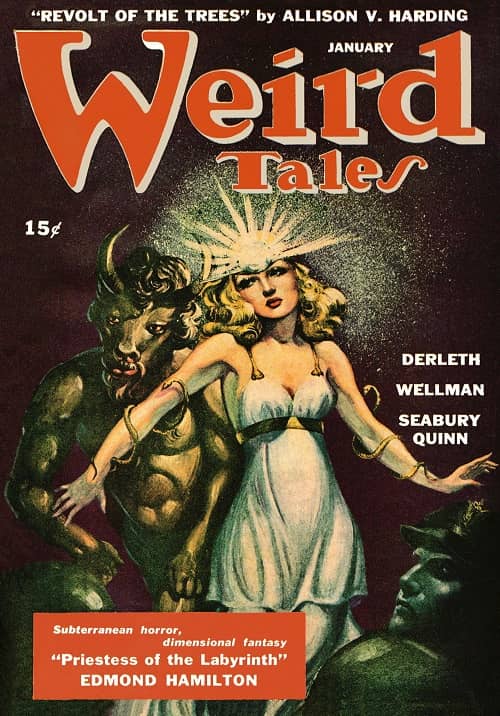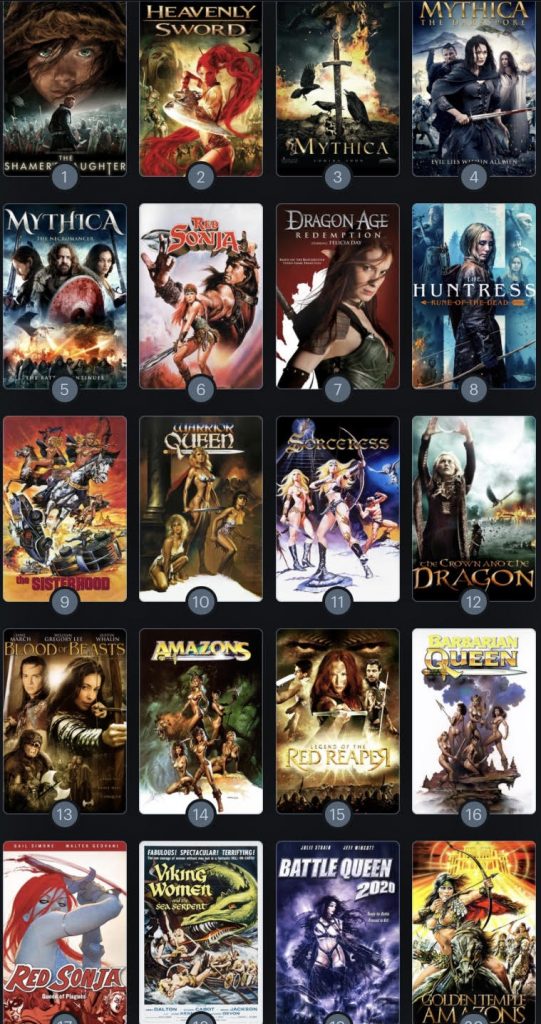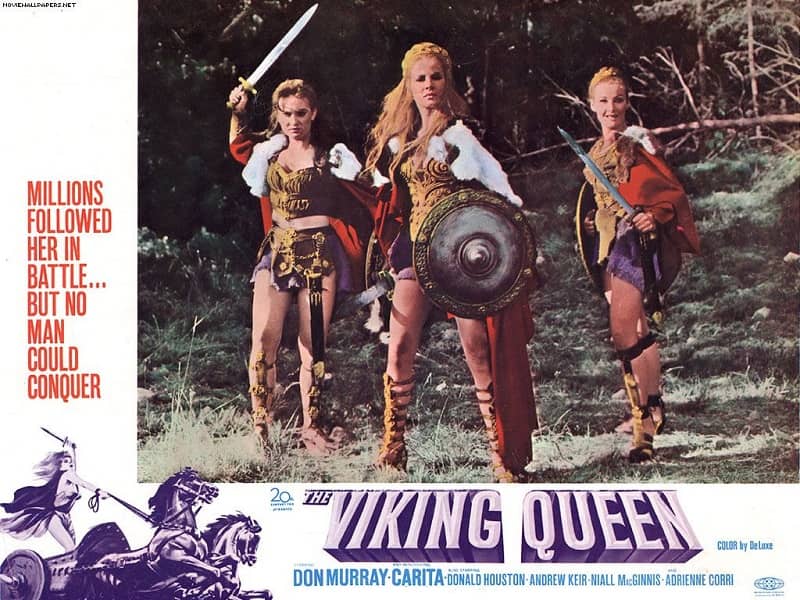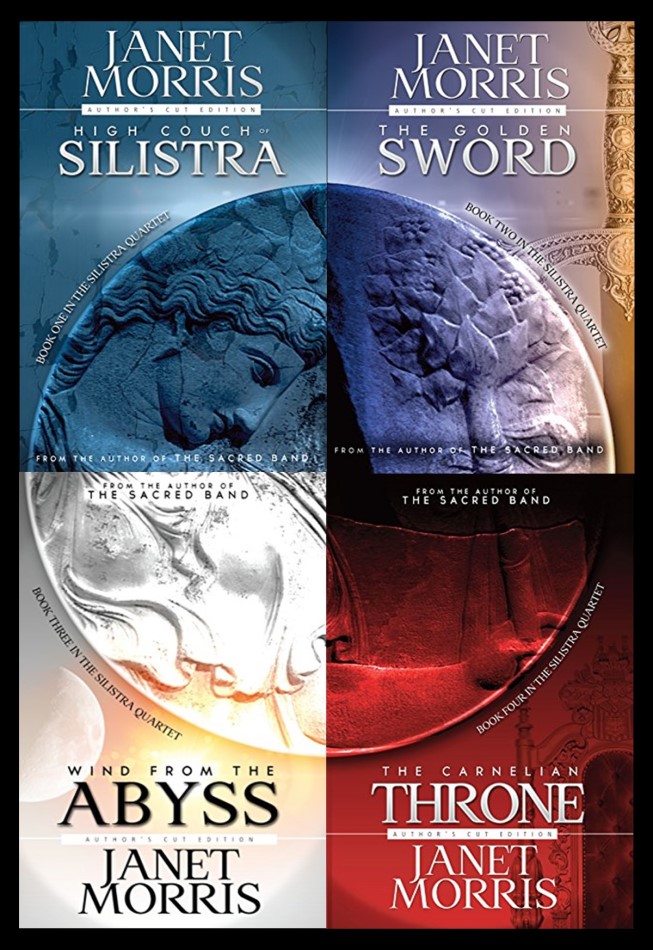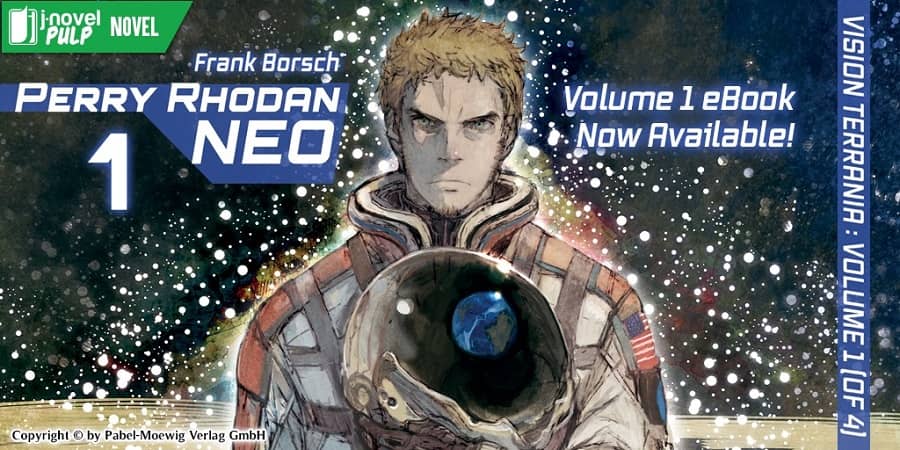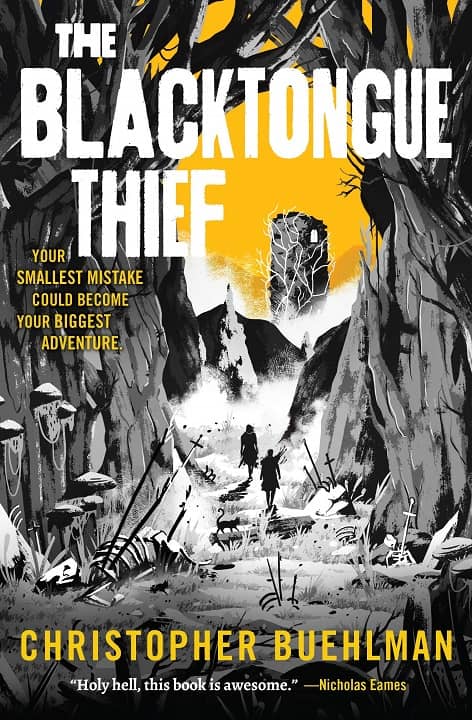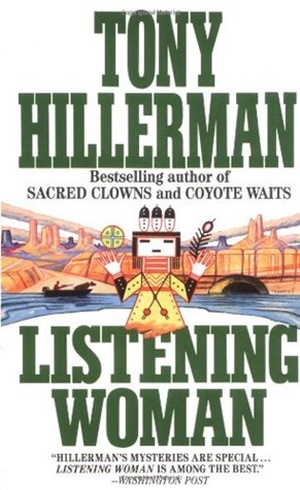 There I was, writing along on a A (Black) Gat in the Hand post on a movie version of Jim Thompson’s After Dark, My Sweet, for this week’s column. I also re-read the book, and I was up to my elbows in bleakness and inevitable disaster. Because, you know: Jim Thompson. Then, an article came across my FB feed, and yet again – “Ooh. Bright, shiny object!”
There I was, writing along on a A (Black) Gat in the Hand post on a movie version of Jim Thompson’s After Dark, My Sweet, for this week’s column. I also re-read the book, and I was up to my elbows in bleakness and inevitable disaster. Because, you know: Jim Thompson. Then, an article came across my FB feed, and yet again – “Ooh. Bright, shiny object!”
Tony Hillerman is one of my all-time favorite writers. The Fly on the Wall is in my Top Ten Novels list. His tales of Joe Leaphorn and Jim Chee, members of the Navajo Tribal Police, earned him the honorific of Mystery Writers Association of America Grand Master. He wrote eighteen Leaphorn and Chee books between 1970 and 2006, before passing in 2008. I wrote a three-part series here at Black Gate about Hillerman and his duo. If you’ve not read the series, you’re missing out on one of the best police procedurals out there.
The Navajo Tribal Police books have been adapted to the screen four times, with some success, but also a feeling of ‘What if?’’ The product deserved more attention. And now, they’re about to get it!
Robert Redford was responsible for three movies which aired on PBS. He was also executive producer The Dark Wind, which went direct-to-DVD in America. He’s involved again, along with Graham Roland, George R.R. Martin, and AMC. And this looks promising. It appears that Dark Winds will be a multi-season effort if it is successful. Season one will be six-episodes, based on the third novel, Listening Woman.
…
Read More Read More
